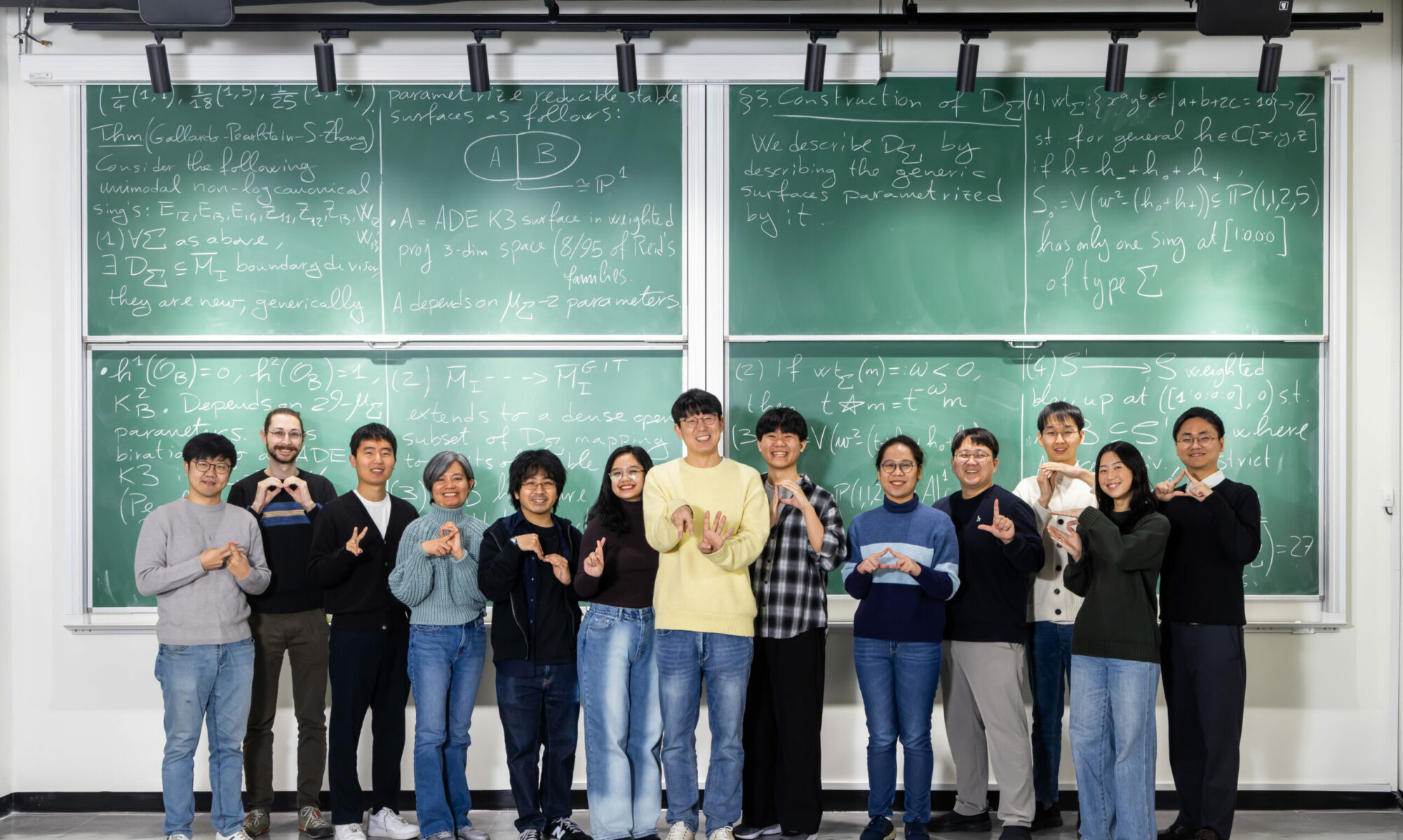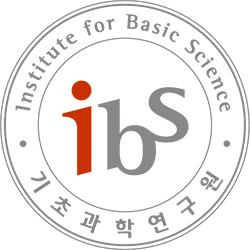Highly accurate fluorogenic DNA sequencing with information theory–based error correction
B305 Seminar room, IBS 55 Expo-ro Yuseong-gu, Daejeon, Korea, Republic ofWe will discuss about "Highly accurate fluorogenic DNA sequencing with information theory–based error correction", Chen et al., Nature Biotechnology (2017) Eliminating errors in next-generation DNA sequencing has proved challenging. Here we present error-correction code (ECC) sequencing, a method to greatly improve sequencing accuracy by combining fluorogenic sequencing-by-synthesis (SBS) with an information theory–based error-correction algorithm. ECC …

